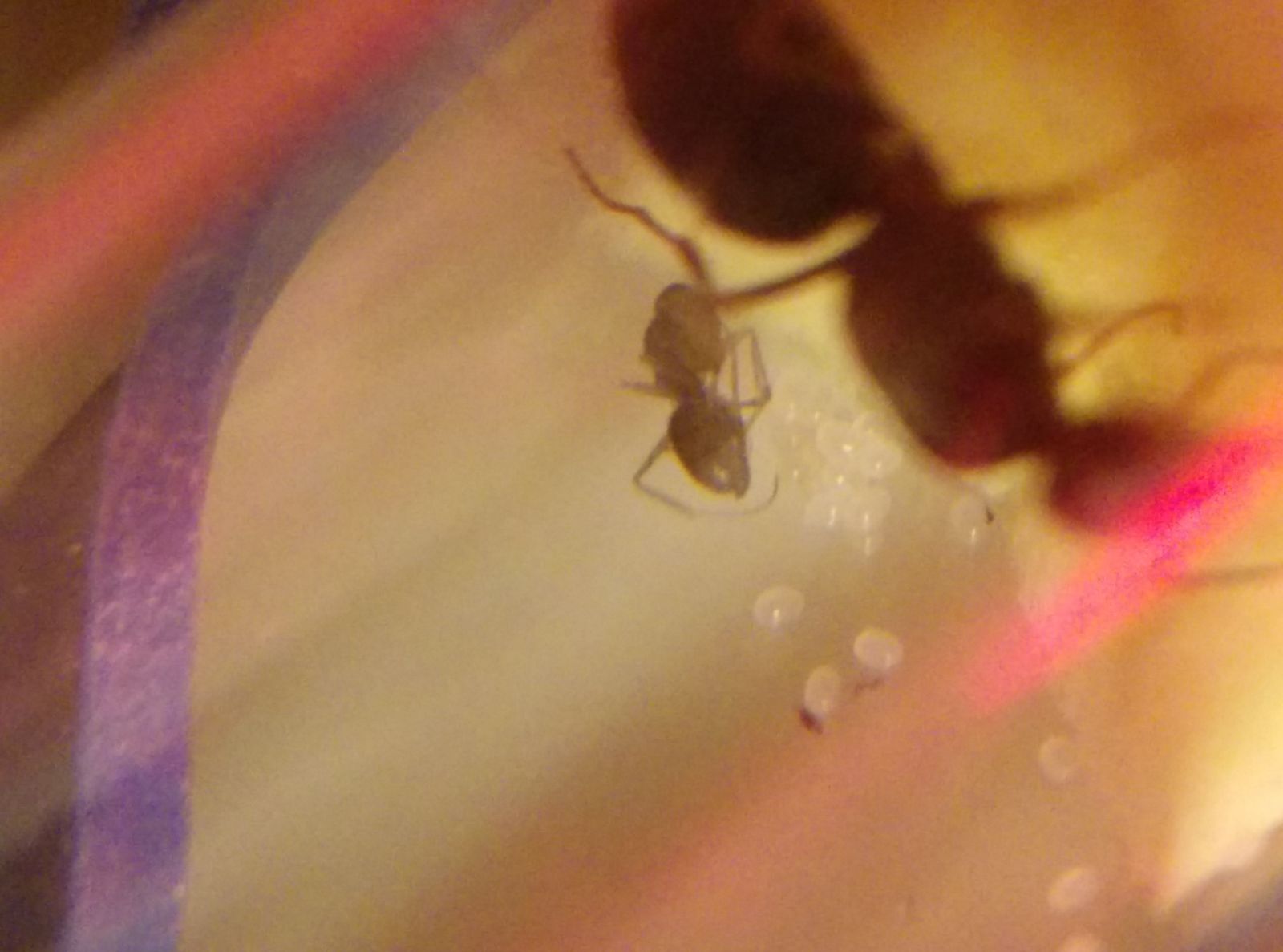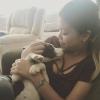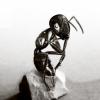- It appears one of my Formica francoeuri pupa forgot to spin a cocoon. Is this common/normal/doomed?
- Is it normal for pupa to spread their legs before eclosing? Or eclose but be motionless for days? I'm wondering if my Dorymyrmex insanus nanitic is dead, though the queen still keeps it with her brood.



















